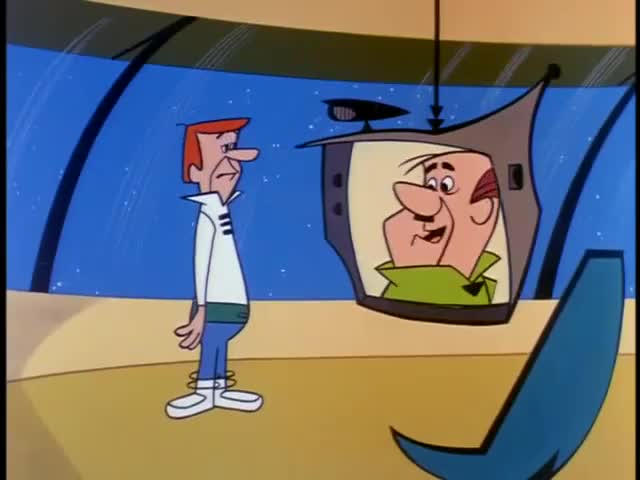As we wend our way through this pandemic, I've become more and more convinced that the true 'winner' will ultimately be telemedicine (in whatever various flavors and forms).
Case in point:
Yesterday was to have been my annual (routine) physical, and our family doc had already made arrangements with a Skype-like service which enabled us to carry on a decent conversation (shades of the Jetson's). His office had called last week to remind me to gather my vitals (as best I could) prior to the exam.
Ours is an older model, mechanical/spring scale, so I can't really vouch for its accuracy (right!), but our sphygmomanometer and thermometer are both digital, so pretty comfortable with the numbers they produce. And, of course, we've been monitoring our temps throughout this whole mess.
The exam went fine, as far as it could; that is, without all the regular "trimmings," it was, after all, merely a conversation. Towards the end, the doc reiterated CV-19 symptoms to be aware of - I pointed out that a lot of those could just be my seasonal allergies kicking in. So the appointment lasted less than 20 minutes, which is fine, and since there was no lab work (thanks to the statewide lockdown), there wasn't really all that much left to discuss.
Now, co-blogger Kelley has made a great point about the business model of telehealth:
"Doctors are adapting by doing telehealth, but this has proven difficult due to the billing rules and regulations changing daily. Additionally, the reimbursement is a fraction of what is normally paid for an office visit."
And frankly, that's fair: for better or worse, it seems to me that the missing "hands on" aspect was worth that extra 40% for an in-person visit. This is of course no reflection on the doc: his hands were pretty much tied by the rules in effect for all of us. But Kelley's larger point is well taken: this particular version doesn't seem to be a sustainable model. That is, "Virtual Health" looks to be ideal for, say diagnosing a minor ailment, or even periodic check-ins for folks on maintenance meds, but I'm skeptical about its scalability.
Time will, of course, tell.
And frankly, that's fair: for better or worse, it seems to me that the missing "hands on" aspect was worth that extra 40% for an in-person visit. This is of course no reflection on the doc: his hands were pretty much tied by the rules in effect for all of us. But Kelley's larger point is well taken: this particular version doesn't seem to be a sustainable model. That is, "Virtual Health" looks to be ideal for, say diagnosing a minor ailment, or even periodic check-ins for folks on maintenance meds, but I'm skeptical about its scalability.
Time will, of course, tell.
